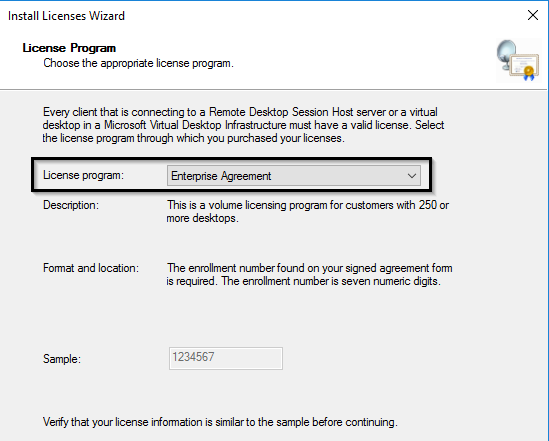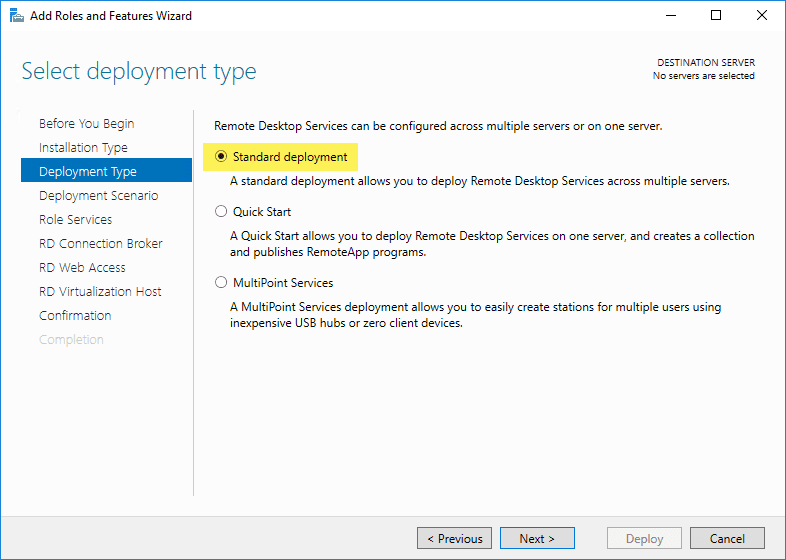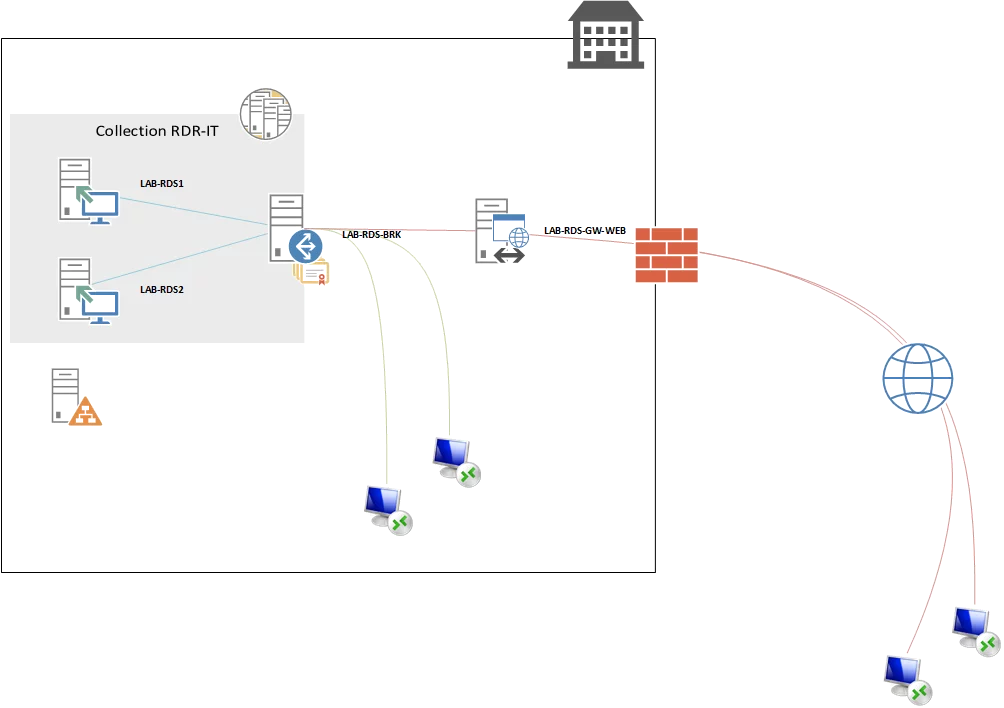
- #Microsoft server 2016 remote desktop how to#
- #Microsoft server 2016 remote desktop upgrade#
- #Microsoft server 2016 remote desktop code#
- #Microsoft server 2016 remote desktop windows#
A Remote Desktop Session Host (RDSH) server, provides to remote users the ability to access the applications on the RDS host server and the company resources from anywhere by using an RDP client.
#Microsoft server 2016 remote desktop windows#
In Windows Server 2016 & 2012 the Terminal Services role has been replaced by the Remote Desktop Session Host (RDSH) role service and is part of Remote Desktop Services (RDS).
#Microsoft server 2016 remote desktop how to#
To find this information, consult the documentation provided when you purchased your RDS CALs.įor more information, see Managing Remote Desktop Licensing.This article contains step by step instructions on how to install and configure the Remote Desktop Services on a Windows Server 2016 or 2012.
#Microsoft server 2016 remote desktop code#
You will also need to provide either a license code or an agreement number, depending on the type of the program you used to purchase your RDS CALs. The license server ID is displayed in the Remote Desktop Licensing Manager tool. To perform either of these tasks, you will need the license server ID for the license server.

However, Windows Server 2008 Terminal Services client access licenses (TS CALs) or Windows Server 2008 R2 RDS CALs are not valid for connecting to an environment running the next version of Windows Server.

RDS CALs in the next version of Windows Server are valid for connecting to Windows Server 2008 Terminal Server, Windows Server 2008 R2 Remote Desktop Session Host, or Windows Server 2008 R2 Remote Desktop Virtualization Host.

Reactivating a license server will not result in the loss of the licenses currently installed on the license server. A reactivation is required so that your upgraded server can manage RDS CALs in the next version of Windows Server.
#Microsoft server 2016 remote desktop upgrade#
If you upgrade a license server from Windows Server 2008 R2 to the next version of Windows Server, you will be required to reactivate the license service. For more information, see Install Remote Desktop Services Client Access Licenses. Additionally, you need to provide one of the following items: a license code from retail product packaging, license and authorization numbers from an Open License confirmation, or a Microsoft Select, Enterprise, Campus, School, or Services Provider License enrollment or agreement number. To complete the license installation process, you need the license server ID that is displayed in the Remote Desktop Licensing Manager tool. When a client computer attempts to log on to a Remote Desktop Session Host server or a Remote Desktop Virtualization Host server for the first time, the RD Session Host server or the RD Virtualization Host server recognizes that the client has not been issued a license and locates a license server to issue a new license to the client's computer. When Microsoft receives your request to install CALs, it issues them in the quantity requested to your license server. The RDS CALs are stored and tracked on the license server on which they were installed. RDS CALs are installed through Microsoft from the Remote Desktop Licensing Manager tool. For more information, see Activate a Remote Desktop License Server.Īfter a license server is activated, you can install Remote Desktop Services client access licenses (RDS CALs). To complete the activation process, you need the product ID listed in the Remote Desktop Licensing Manager tool.

While waiting to complete the activation process, your license server can issue temporary CALs for clients that allow them to use Remote Desktop Services for up to 90 days. After you have activated your license server, it becomes a registrar for the RDS CALs. Activation allows the license server to make subsequent secure transactions with Microsoft and receive RDS CALs. You must activate a license server before it can issue Remote Desktop Services client access licenses (RDS CALs) to Remote Desktop clients.


 0 kommentar(er)
0 kommentar(er)
